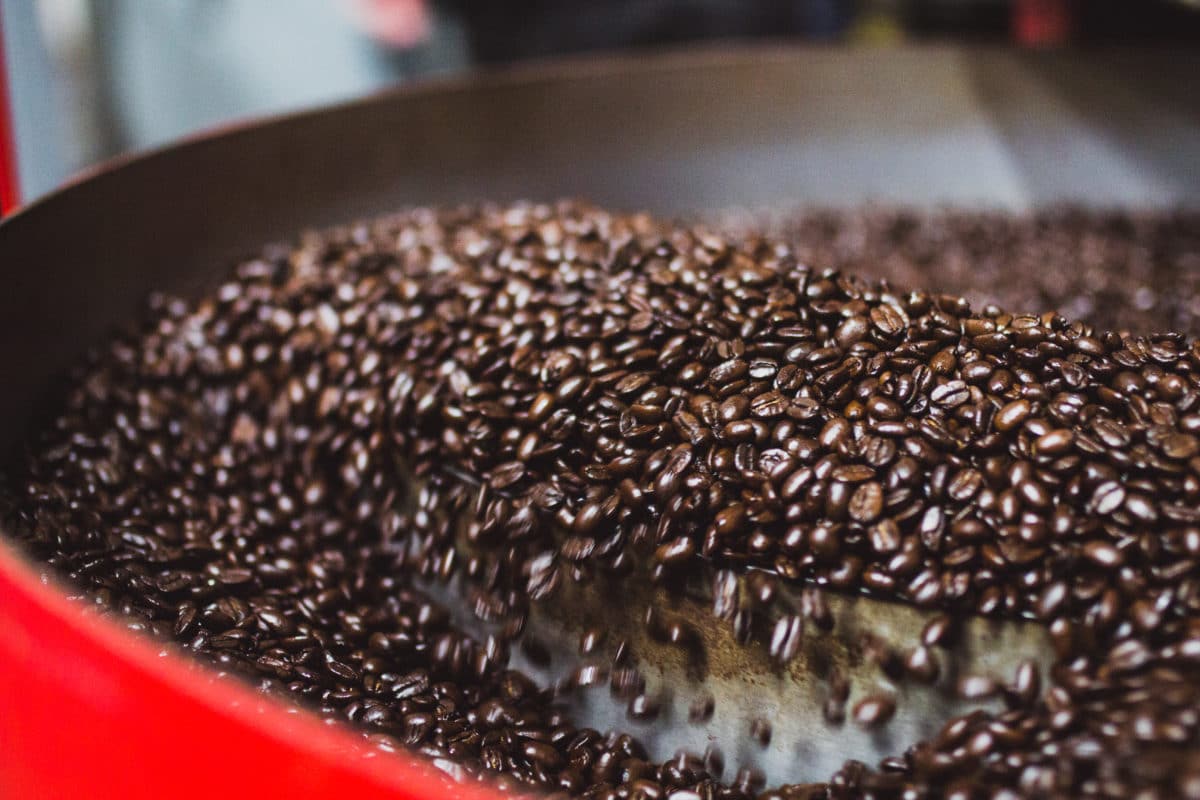
Why does coffee off-gas?
Coffee-off gassing, often called blooming, is a fascinating and visually appealing element of the coffee brewing process. As soon as hot water is added to ground coffee, the coffee puffs up and begins to bubble, releasing wonderful aromas as it does. Today, I’d like to explore this phenomenon. I’ll explain what off-gassing is, how it manifests in coffee brewing, why allowing coffee to off-gas/bloom is an important element of proper coffee extraction, and finish with some practical recommendations and best practices for managing the off-gassing process. Let’s jump in.
What is off-gassing?
At a fundamental level, off-gassing is the release of gases and other volatile aromatic compounds from roasted coffee beans. The main gas we’ll be discussing is carbon dioxide (CO2), which, along with the other gases in roasted coffee, is produced by the heat-induced chemical changes of the roasting process. Immediately after roasting, coffee beans contain large amounts of CO2 and other gases. These begin to seep out of the coffee when roasting is complete, rapidly at first, with around 40% of the CO2 present escaping within 24 hours, then more slowly as time goes on. The creep of CO2 and other volatiles out of coffee, in combination with the intrusion of oxygen into the same beans results in staling, or the loss of aroma and flavor.
How does off-gassing manifest in coffee brewing?
When coffee is in whole-bean form, the outward seep of CO2 is slow; the relatively small surface area of the beans prevents the gas from departing too quickly. When coffee is ground, however, its surface area increases exponentially, which also increases its rate of degassing. When hot water is added to freshly ground coffee, this process is further intensified. The hot water quickly displaces CO2, pushing it out as it moves downward, an exit which creates a bubbling effect at the surface of the coffee bed. This rapid degassing is called blooming because it bears a resemblance to the expansion of a blooming flower. As CO2 departs, the bloom settles the coffee bed flattens back out, a process which normally takes 30-45 seconds, depending on how fresh the coffee is. The presence and duration of coffee bloom is a bellwether of coffee freshness. The more aggressive and long-lasting the bloom, the fresher the coffee.
Why is allowing for off-gassing/blooming an important aspect of coffee extraction?
Allowing coffee to off-gas/bloom is an essential element of proper coffee brewing because CO2 is an inhibitor to coffee extraction. Stated differently, the presence of CO2 and other gases prevents water from fully accessing coffee grounds to extract flavor compounds from them. Allowing coffee to bloom for 30-45 seconds at the beginning of a brew cycle evacuates these gases from the coffee. This eliminates any inhibition and allows for brewing water to efficiently extract the delicious flavors present in roasted coffee.
Practical recommendations for managing off-gassing in coffee brewing.
The easiest way to mitigate the negative effects of off-gassing is by letting coffee bloom, as described above. This functions well for drip and immersion brewing methods so long as the coffee being brewed is at least a day off roast; if the coffee is too fresh, and there will be too much CO2 present in the coffee to brew efficiently at all. The concept of resting coffee for efficient brewing holds true in an even more significant way for espresso coffee; because espresso machines use pressure to brew, an aggressive bloom caused by fresh coffee will cause shots to extract inefficiently and erratically, with severe consequences for flavor. Because of this, we recommend allowing beans to rest for at least 4 days off roast before brewing as espresso, ideally 7. This allows for a large amount of natural off-gassing to occur, which reduces bloom, thereby making espresso brewing significantly tastier and more consistent.
Off-gassing is an integral aspect of coffee brewing and storage, and I hope this post has been helpful in shedding some light on what it is and how it affects the coffee in your cup. Stay tuned to this blog for more of all things coffee! Until next time.
